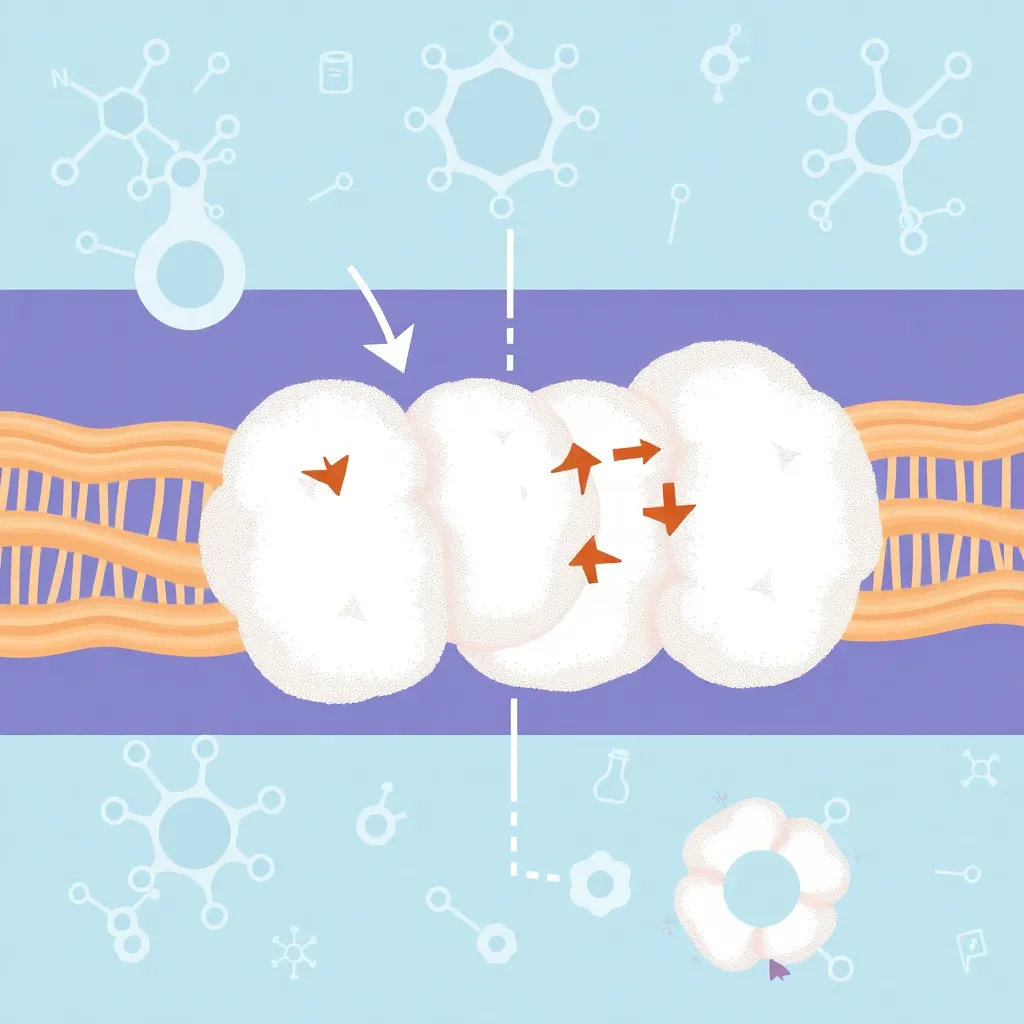The Science of Shrinkage: How to Minimize Cotton T-Shirt Shrinking [Thumbnail: A before-and-after image of a shrunk cotton t-shirt]
Cotton is a natural fiber that can be prone to shrinkage due to its unique properties. When cotton fibers are exposed to heat, moisture, or agitation, they can contract and cause the fabric to shrink. This can result in a loss of size, shape, and fit, making your favorite cotton t-shirt look and feel less than ideal.
The science behind cotton shrinkage lies in the way the fibers are woven together. Cotton fibers have a natural crimp that allows them to stretch and recover. However, when subjected to heat or moisture, the fibers can relax and contract, causing the fabric to shrink. This process can be accelerated by factors such as high temperatures, harsh washing detergents, and excessive agitation during washing.
Fortunately, there are ways to minimize cotton shrinkage and keep your cotton t-shirts looking their best. By following simple care instructions, such as washing in cold water and avoiding high heat, you can reduce the risk of shrinkage. Additionally, using a mild detergent and avoiding fabric softeners can also help preserve the quality of your cotton tees.
By understanding the science behind cotton shrinkage and taking steps to prevent it, you can enjoy your favorite cotton t-shirts for years to come. With a little care and attention, you can keep your cotton tees looking and feeling their best, ensuring they remain a staple in your wardrobe for years to come. According to the Cotton Incorporated website, proper care can help extend the life of your cotton clothing.
Understanding Cotton Shrinkage
Cotton fibers are primarily composed of cellulose, a natural polymer that exhibits unique properties. According to the American Chemistry Society (acs.org), cellulose is a complex carbohydrate made up of glucose molecules bonded together in a long chain. This molecular structure allows cellulose to contract when exposed to certain stimuli, leading to the phenomenon of cotton shrinkage.
When cotton fibers are subjected to heat, moisture, or agitation, the cellulose molecules contract, causing the fibers to shorten. This contraction results in a reduction in the overall size of the garment. The degree of shrinkage can vary depending on factors such as the type of cotton used, the weaving or knitting technique employed, and the care instructions followed.
To prevent or minimize cotton shrinkage, it’s essential to understand the science behind this process. By recognizing the triggers that cause contraction, individuals can take steps to mitigate the effects. For instance, washing cotton garments in cold water and avoiding high-heat drying can help reduce the likelihood of shrinkage. Additionally, following care labels and using gentle agitation when washing can also help preserve the size and shape of cotton garments.

Washing and Drying: The Main Culprits
Cotton shrinkage is a common issue that can occur when washing and drying cotton fabrics, including cotton tees. This phenomenon is caused by the contraction of cotton fibers, which can result in a loss of size and shape. According to the Cotton Incorporated website, washing and drying are the most common causes of cotton shrinkage.
Several factors can contribute to cotton shrinkage, including hot water, harsh detergents, and high heat. When cotton fibers are exposed to hot water, they can contract and become shorter, leading to shrinkage. Similarly, using harsh detergents or bleach can damage the fibers and cause them to shrink. High heat during the drying process can also cause fibers to contract, resulting in further shrinkage.
To minimize shrinkage, it’s essential to take a gentle approach when washing and drying your cotton tees. Washing them in cold water is a good starting point, as it helps to prevent fiber contraction. Additionally, avoiding the use of fabric softener or bleach can also help to reduce the risk of shrinkage. By following these simple tips, you can help to preserve the size and shape of your cotton tees.
Tips for Minimizing Shrinkage
To prevent cotton shrinkage, it’s essential to handle your tees with care during the washing and drying process. Gentle washing and drying are crucial, but there are additional steps you can take to ensure your tees remain in their original shape and size.
One of the most critical things to avoid is wringing or twisting your tees, as this can cause the fibers to stretch or break. According to the Cotton Incorporated website, cotton fibers can weaken when subjected to excessive tension, leading to shrinkage and loss of shape.
Instead of wringing or twisting, gently remove excess water from your tee and lay it flat to dry. This helps prevent fibers from stretching or shrinking and allows the tee to maintain its original shape. You can also try steaming your tee to relax the fibers and restore its original shape, especially if it has become misshapen during washing or drying.
By following these simple tips, you can enjoy your cotton tees for a longer period while maintaining their quality and appearance. Remember, gentle handling and careful washing and drying are key to preventing cotton shrinkage and ensuring your tees look their best.

Pre-Treatment and Fabric Blends
When it comes to cotton tees, some manufacturers take extra steps to minimize shrinkage. One way they do this is by pre-treating the cotton fabric before sewing the garment together. This pre-treatment process can help reduce the likelihood of shrinkage, ensuring that the tee fits the same after multiple washes as it did when you first bought it.
Another approach to reducing shrinkage is to blend cotton with synthetic fibers like polyester or spandex. These blended fabrics can offer improved durability and resistance to shrinkage, but they may also affect the overall comfort and breathability of the garment. For example, polyester can make the fabric feel less soft and breathable than 100% cotton.
It’s worth noting that the type of cotton used can also impact shrinkage. For instance, Egyptian cotton is known for its extra-long staple fibers, which make it less prone to shrinkage than other types of cotton. According to Cotton Incorporated, a non-profit organization that promotes cotton education and research, Egyptian cotton is “less likely to shrink or lose its shape” due to its unique fiber properties.
Conclusion: Shrinking the Risk
Cotton shrinkage is a common problem that many of us have experienced at some point or another. It’s frustrating to find that your favorite t-shirt has shrunk in the wash, losing its comfortable fit and soft texture. However, by understanding the science behind cotton shrinkage, you can take steps to prevent it from happening in the first place.
Cotton fibers are made up of cellulose, a natural polymer that can absorb and release water. When cotton is exposed to heat, moisture, and agitation, the fibers can contract and become shorter, leading to shrinkage. This process can be exacerbated by factors such as high temperatures, harsh detergents, and excessive wringing or twisting.
To minimize the risk of cotton shrinkage, it’s essential to follow some simple care instructions. For example, washing your cotton clothes in cold water and avoiding the use of hot dryers can help prevent fiber contraction. Additionally, using a mild detergent and avoiding fabric softeners can also reduce the risk of shrinkage.
By taking these precautions and being mindful of how you care for your cotton clothing, you can help preserve their comfort, fit, and style. Remember, a little care and attention can go a long way in extending the life of your favorite tees and keeping them looking their best. According to the Cotton Incorporated website, proper care can help cotton clothing last up to 50% longer.
